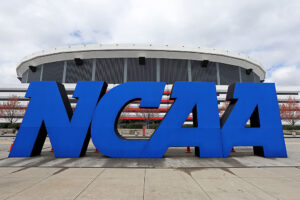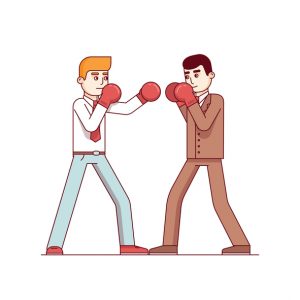
The lack of civility between lawyers is a problem in the profession. But due to the adversarial nature of the job, it seems as though the most we can do is gripe about it. But a recent court case cited civility as a reason for reducing $180,000 in attorney’s fees.
Earlier this month, the California Court of Appeals decided Karton v. Ari Design, Inc. There, the plaintiff, an attorney who partially represented himself in the case, hired the defendant to perform construction work on the plaintiff’s home. But at some point, the plaintiff fired the defendant and sued him for the entire amount paid plus attorney’s fees. It is worth noting that in California, an unlicensed contractor can be forced to return all money received from a client, even if quality work was already performed.
The trial court ruled that the plaintiff was entitled to all fees paid, and a statutory penalty of $10,000 with interest. So it is safe to say that the plaintiff will receive around $130,000, assuming the defendant has the money.
The plaintiff was entitled to attorney’s fees and asked for $270,000, including fees for work done himself. The calculation was based on 600 hours of work at $450 per hour. But the trial court awarded $90,000 or 200 hours at the hourly rate.
For the most part, the court’s reasoning for reducing the fee was straightforward. First, the court considered the complexity of the case. The issue was simple: Did the defendant have a valid contractor’s license? Such a determination would not be difficult or time consuming since one can look up a contractor at the state licensing board website.
Also, the amount in dispute was $23,000 and considering that the plaintiff was getting a windfall (namely free contracting work) due to state law, an additional $270,000 was not justified.
The court also found that the attorney over-litigated the case, possibly because the attorney was representing himself and had a personal connection to the case. And the court found that the size of the attorney fee is not justified based on the judgment. A rational person would not spend $270,000 to recover $110,000.
Finally, the court considered the role of civility — focusing on the plaintiff’s conduct — in determining the attorney’s fee. It begins by trying to associate civility with skill.
Attorney skill is a traditional touchstone for deciding whether to adjust a lodestar. Civility is an aspect of skill.
Excellent lawyers deserve higher fees, and excellent lawyers are civil. Sound logic and bitter experience support these points.
I would agree that attorneys using respectful, persuasive words and arguments to present their cases should be better compensated than those who run their mouth off and “call it like it is.”
But while excellent lawyers should be civil, that is the bare minimum. They tend to be those who make their clients happy. That does not mean winning all the time or winning by any means necessary. Sometimes it’s about damage control and being strong advocates for their clients.
Civility is an ethical component of professionalism. Civility is desirable in litigation, not only because it is ethically required for its own sake, but also because it is socially advantageous: it lowers the costs of dispute resolution. The American legal profession exists to help people resolve disputes cheaply, swiftly, fairly, and justly. Incivility between counsel is sand in the gears.
The problem is that since the American legal profession has an adversarial dispute resolution system, it is sometimes not possible to have a quick-fix solution where everyone will be happy, particularly where one side will lose big. What might be socially advantageous from a judge’s perspective is not always the case from the lawyer’s perspective. The lawyer has to provide results for his client and being civil will only go so far.
Incivility can rankle relations and thereby increase the friction, extent, and cost of litigation. Calling opposing counsel a liar, for instance, can invite destructive reciprocity and generate needless controversies. Seasoning a disagreement with avoidable irritants can turn a minor conflict into a costly and protracted war. All those human hours, which could have been put to socially productive uses, instead are devoted to the unnecessary war and are lost forever. All sides lose, as does the justice system, which must supervise the hostilities
By contrast, civility in litigation tends to be efficient by allowing disputants to focus on core disagreements and to minimize tangential distractions. It is a salutary incentive for counsel in fee-shifting cases to know their own low blows may return to hit them in the pocketbook.
Indeed, being a jerk to opposing counsel can result in one or both sides exploiting the judicial rules to make each other miserable and unnecessarily prolong a case. But if this is going to be a basis for reducing attorney’s fees, how will this be calculated? Will the court look at fees accrued for specific events during litigation where there was incivility? Or will the court also exclude fees generated from work that was caused by the original act of incivility?
The court opinion did not calculate the reduction of attorney’s fees solely attributable to the attorney’s uncivil behavior. Instead, the court stated that based on all of the factors mentioned above, it was not an abuse of discretion for the judge to reduce the attorney’s fee award to $90,000. It did not specify how the attorney’s uncivil behavior prolonged the case other than a few instances where he called opposing counsel a liar or made a comment about improper tactics that typically comes from defense counsel. So it is likely that the attorney’s fees were reduced largely based on the simplicity of the case, overlitigation and the resulting award.
It is arguable that this might be reinventing the wheel. Courts already have inherent powers to sanction attorneys who act uncivilly during litigation. Sanctions or threats of sanctions could have put a stop to this at the get-go. Also, reducing attorney’s fees after all is said and done will not change the fact that time was already spent, which is something the court in this case was concerned about.
Finally, if civility will play a bigger role in litigation, there should be some definitions on what constitutes uncivil behavior. As I stated earlier, it is difficult to define what it means to behave civilly. And in recent years, what is considered offensive has grown to levels beyond comprehension and seems to be mutating frequently. I would hate to see the ironic situation where an attorney accuses the opposing counsel of uncivil behavior and dealing with that issue prolongs litigation instead of moving the case forward.
One court has now used the lack of civility to justify reducing attorney’s fee awards. Indeed, few would disagree that lawyers should be civil to each other as a matter of professional courtesy. But we shouldn’t be blind to the fact that we are sometimes hired to be a judicial bodyguard. Most clients and even some lawyers expect this. At least once per week in one of my lawyer groups, I see a referral specifically requesting an “aggressive” attorney. While this could force the jerks in the profession to change their litigation strategy, it might seem superfluous considering the other tools judges can use to control attorney’s behavior. Time will tell whether other courts will do the same, but if they do, there should be some guidance on civility that attorneys can rely on. We as a profession need clear rules, not platitudes on what seems like the right thing to do.
Renwei Chung is the Diversity Columnist at Above the Law. You can contact Renwei by email at projectrenwei@gmail.com, follow him on Twitter (@renweichung), or connect with him on LinkedIn.

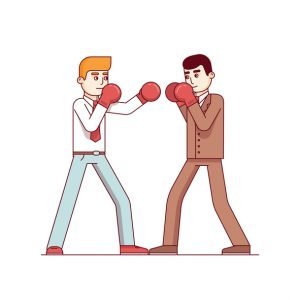

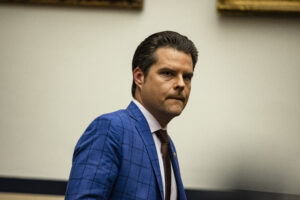

 Jordan Rothman is a partner of
Jordan Rothman is a partner of 

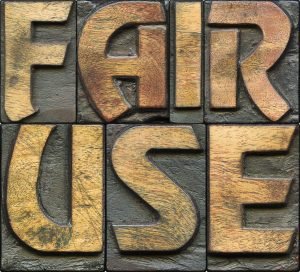
 Scott Alan Burroughs, Esq. practices with
Scott Alan Burroughs, Esq. practices with 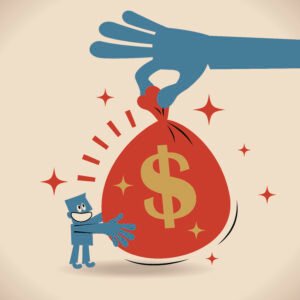


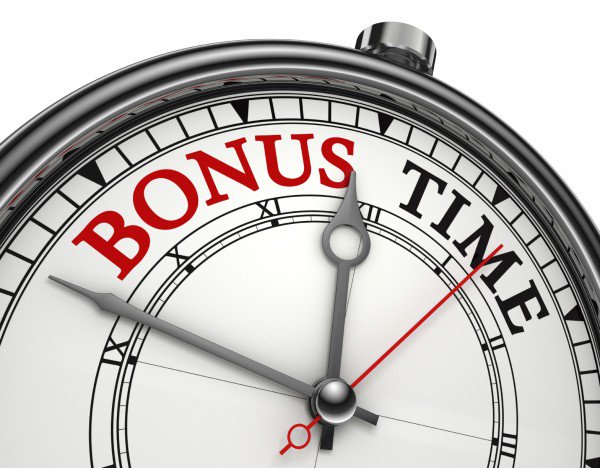



 Kathryn Rubino is a Senior Editor at Above the Law, and host of
Kathryn Rubino is a Senior Editor at Above the Law, and host of 